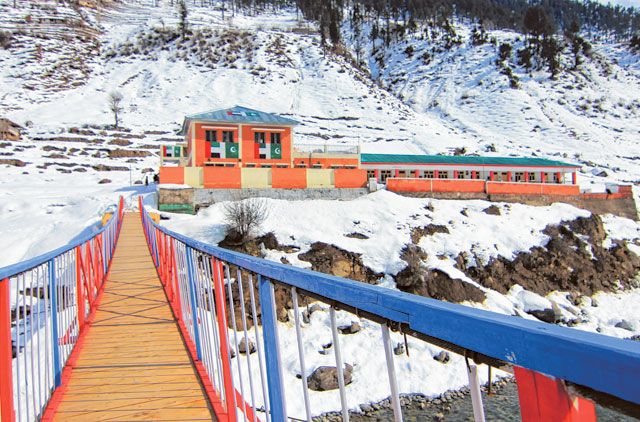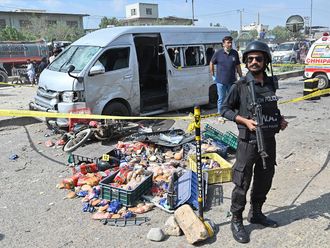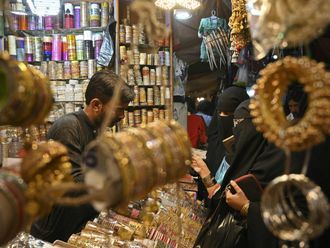Sararogha: In the aftermath of the operation against the Taliban, the government faced the mammoth task of rebuilding the destroyed villages and rehabilitating the displaced people.
Hundreds of homes and infrastructure including bridges and roads had been destroyed. Moreover, the conflict had led to the displacement of about 300,000 Mehsuds.
The phase-wise return of the displaced started in December 2010 and almost 50,000 have returned. What has helped is the commitment and hard work that has boosted the rehabilitation efforts.
It has been pivotal to winning over the people whose negative sentiments because of the damages incurred in the operation have now largely been reversed.
While some tribesmen have complained of a delay in getting compensation for destroyed homes and shops from the political administration, there are many who are happily embracing a new life with amenities that were not available before.
Driving around the towns and villages it is obvious the army’s involvement in rehabilitation work and development projects has been a key factor in the rehabilitation process.
The procedure being followed is that each and every village is first cleared of improvised explosive devices (IEDs) and then rebuilt with full facilities such as electricity, new markets, schools and playgrounds to welcome home the displaced.
The tremendous amount of work that has gone into improving existing roads, rebuilding brides and tunnels has shortened travel time and given a boost to traders.
Development projects that include the electrification of villages, the building of water supply schemes, new schools, hospitals, mobile health units, a cadet college, community centres, markets, rehabilitation of agricultural land are already on the ground with the dividends coming in.
The biggest achievement is the locals are cognisant of the benefits of the development work and have reciprocated their support to the joint efforts of the political administration working in conjunction with the military in implementing these projects.
In addition, by giving up weapons the tribesmen are now focusing their attention on education and means of improving their livelihood.
Discussions with officials revealed education and livelihood schemes are the two key sectors that will help the older and younger generations to move forward and consequently counter the rise of militancy.













